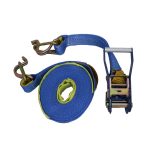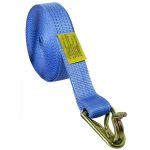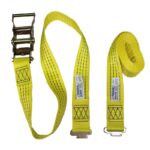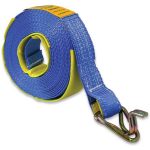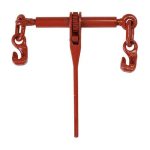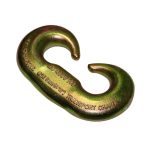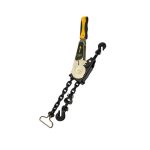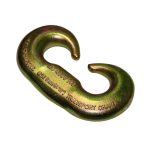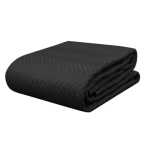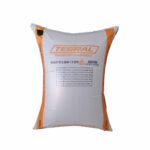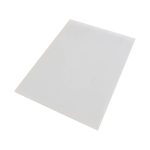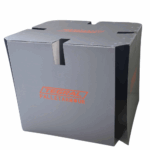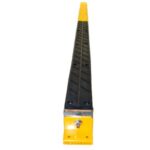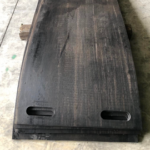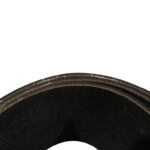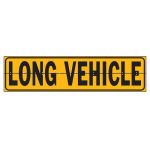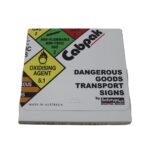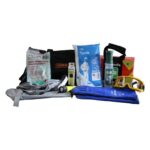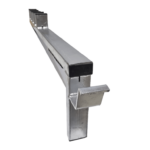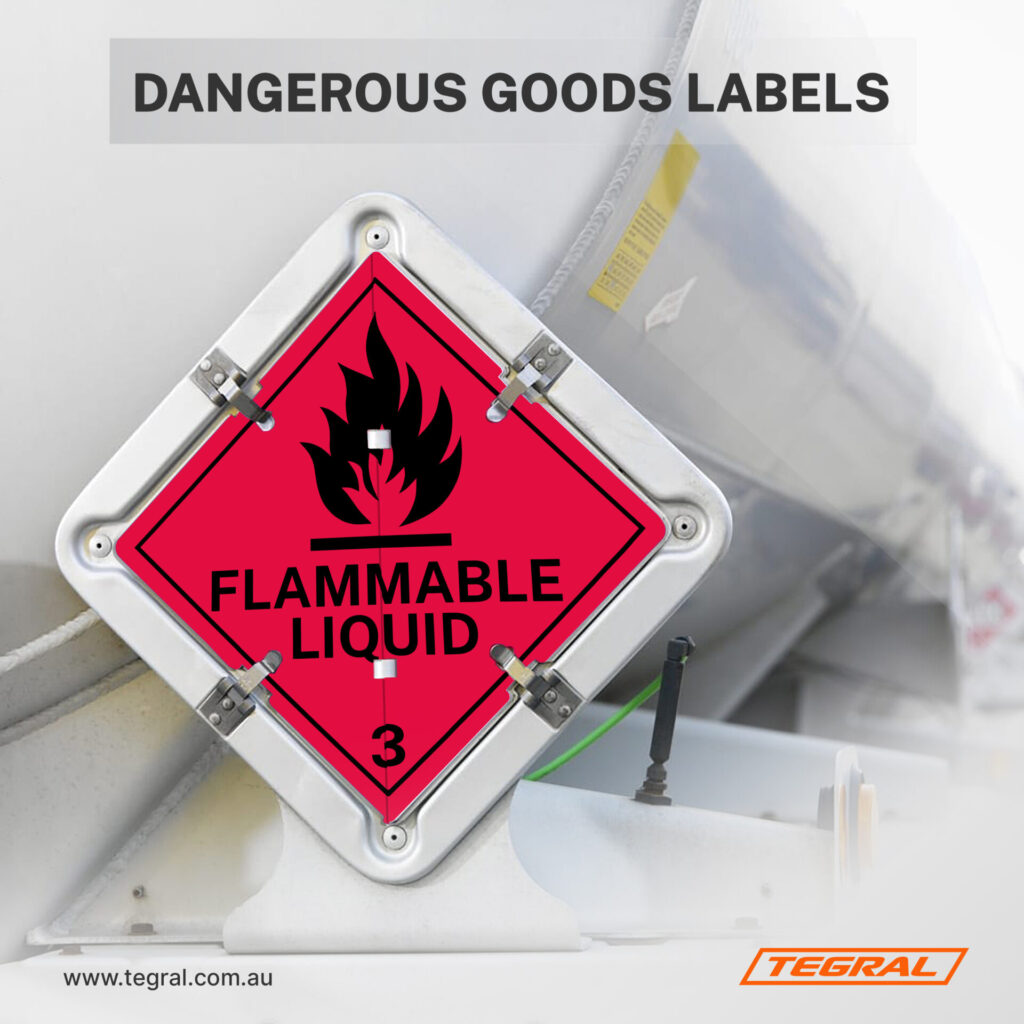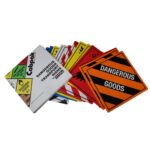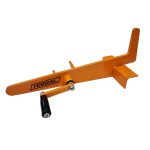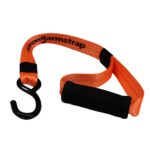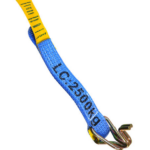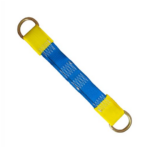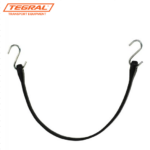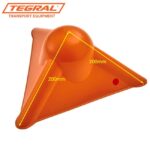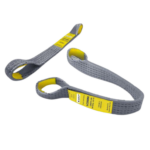Understanding Dangerous Goods Labelling Requirements: A Comprehensive Guide
Below are the 9 hazard labels for the 9 classes of dangerous goods.
Class 1: Explosives
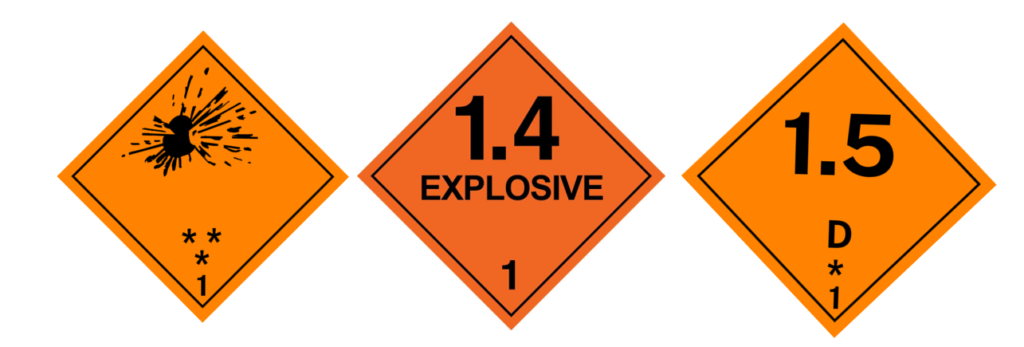
This includes items such as:
- Explosive substances
- Pyrotechnic devices
- Ammunition
- Fireworks
- Detonators
Class 2: Gases
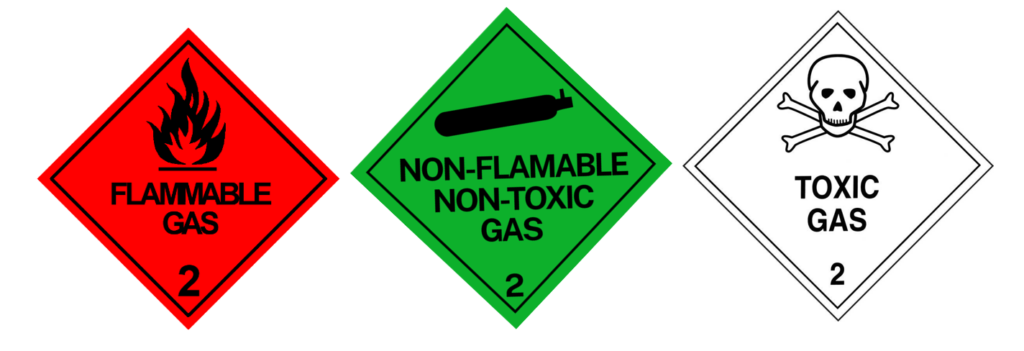
These can be transported as:
- Compressed
- Liquefied
- Refrigerated liquefied
- Gas in solution
Divisions within Class 2:
- Division 2.1: Flammable gases (e.g., butane, propane)
- Division 2.2: Non-flammable, non-toxic gases (e.g., oxygen, liquid nitrogen, compressed air)
- Division 2.3: Toxic gases (e.g., chlorine, hydrogen sulphide)
Class 3: Flammable Liquids

This includes liquids with a boiling point of 35°C or less, or a flash point of 60°C or less such as:
- Petrol
- Alcohol
- Perfumes
- Essential oils
- Hand sanitizer
- Paints
Class 4: Flammable Solids
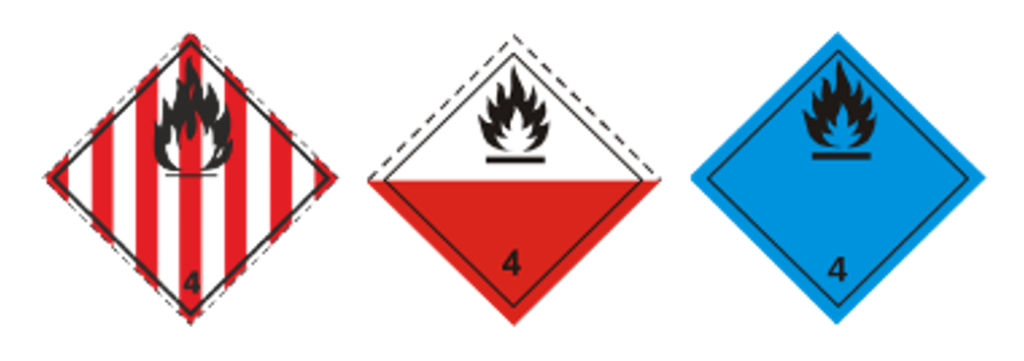
These are substances that can spontaneously combust and substances that, when they come into contact with water, emit flammable gases. Divisions within Class 4:
- Division 4.1: Flammable solids (e.g., hexamine solid fuel tablets)
- Division 4.2: Substances that can spontaneously combust (e.g., camphor, sulphur, matches)
- Division 4.3: Substances that emit flammable gases when they come into contact with water (e.g., sodium, zinc particles)
Class 5: Oxidising Substances and Organic Peroxides
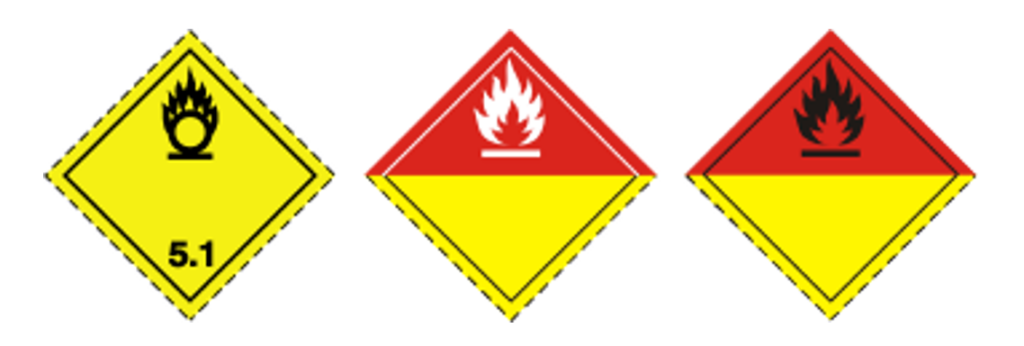
Divisions within Class 5:
- Division 5.1: Oxidizing substances (e.g., hydrogen peroxide, ammonium nitrate)
- Division 5.2: Organic peroxides (e.g., acetyl acetone peroxide, benzoyl peroxide)
Class 6: Toxic and Infectious Substances

Divisions within Class 6:
- Division 6.1: Toxic substances (e.g., chloroform, arsenics, cyanides)
- Division 6.2: Infectious substances (e.g., medical waste, patient specimens)
Class 7: Radioactive Materials
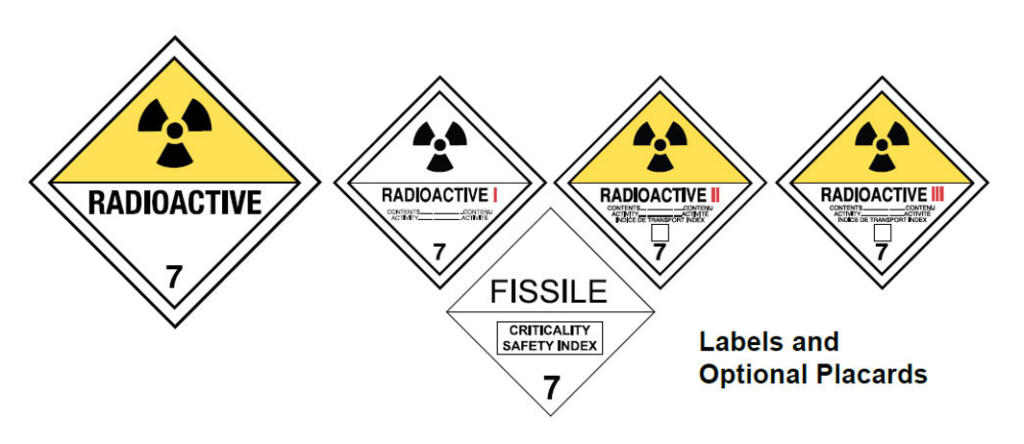
These are substances that emit invisible ionizing radiation that can be harmful to humans and animals. Examples include:
- Uranium
- Radioactive ores
- Isotopes
- Radium
- Cesium
- X-ray equipment
Class 8: Corrosives

These substances can cause irreversible damage if they come into contact with skin and could destroy other freight. This includes:
- Acids
- Corrosive cleaners
- Battery fluid
- Formaldehyde
- Hydrofluoric acid
Class 9: Miscellaneous Dangerous Goods
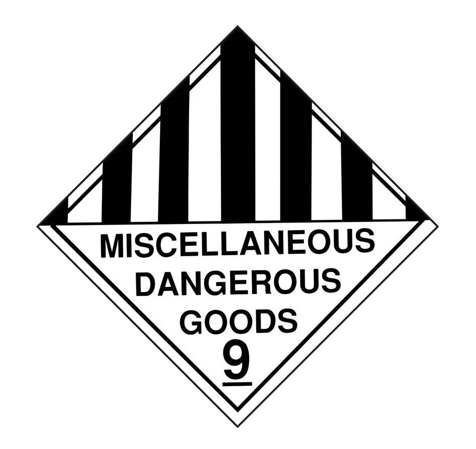
These are substances and articles which present a danger not covered by other classes. This class includes:
- Lithium batteries
- Battery-powered vehicles
- First aid kits
- Environmentally hazardous substances
- Dry ice
- Magnetised materials
Proper labelling and handling of dangerous goods are paramount to ensuring safety during transport. By following the guidelines set out by the Australian Code for the Transport of Dangerous Goods by Road & Rail, all parties involved can help mitigate risks and ensure compliance. Understanding the classifications, labelling requirements, and general tips provided in this guide is essential for anyone.
Download the guide from NTC here.




